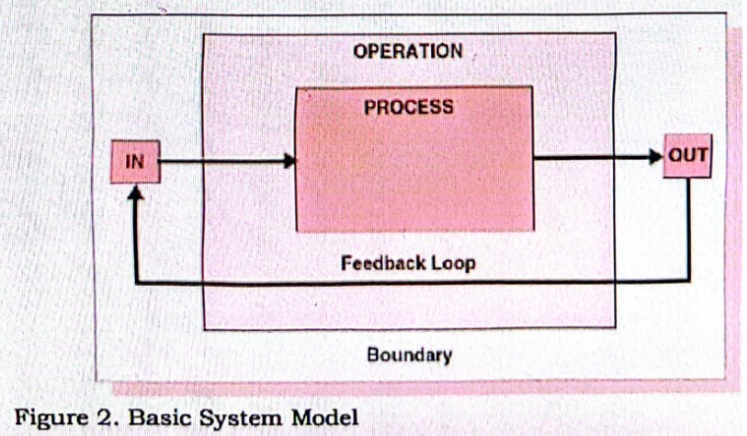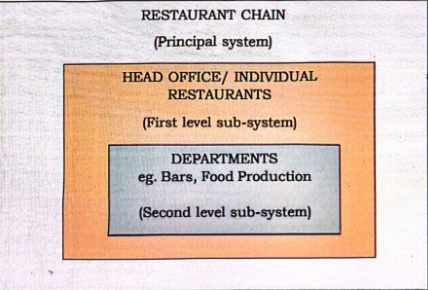LESSON 2: Strategic Planning in Operations Management
1/31
There's no tags or description
Looks like no tags are added yet.
Name | Mastery | Learn | Test | Matching | Spaced |
|---|
No study sessions yet.
32 Terms
strategic planning in operations management
In the dynamic and competitive business landscape of today, organizations face the constant challenge of optimizing their operations to achieve long-term success. This is where _______________ plays a pivotal role. By aligning operational strategies with overarching business goals
Step 1: Establish Objectives.
Step 2: Evaluate Market Trends
Step 3: Develop Action Plans.
Step 4: Execute and Supervise.
Step 5: Evaluate and Modify.
Steps in Strategic Planning in Operations Management
Step 1: Establish Objectives
Successful strategic planning begins with clear SMART objectives aligned with the company’s mission and vision. In operations management, this involves setting KPIs to measure efficiency, cost, quality, and customer satisfaction. Objectives should be realistic yet motivating, guiding decisions and encouraging continuous improvement.
Step 2: Evaluate Market Trends
Formulating an effective strategic plan requires a deep understanding of the market landscape through comprehensive analysis of trends, consumer preferences, technology, and competition. Market research—using surveys, focus groups, and reports—provides insights into customer needs, opportunities, and threats, enabling operations managers to make informed, market-driven decisions.
Step 3: Develop Action Plans
After setting objectives and analyzing the market, strategic planning advances to creating detailed action plans that outline tasks, responsibilities, timelines, and resources. Each functional area—such as production, inventory, supply chain, and quality control—should have specific plans aligned with overall goals. These plans must also remain flexible to adapt to changing conditions, ensuring resilience and responsiveness to opportunities or challenges.
Step 4: Execute and Supervise
After developing action plans, the next step is implementing strategies and monitoring their progress. Successful execution requires clear communication, collaboration, and role clarity across the organization. Using KPIs helps track performance, measure results, and support data-driven decisions. Continuous feedback from customers, employees, and stakeholders is also essential, as it provides insights for refining strategies and improving effectiveness.
Step 5: Evaluate and Modify
Strategic planning is an ongoing process that requires regular evaluation and adjustment in response to market changes and organizational needs. Through performance assessments, market and competitor analysis, and goal reassessment, operations managers can drive continuous improvement, maintain competitiveness, and ensure adaptability in a dynamic business environment.
Hierarchy
Cohesion
Dispersion
Key Aspects of system theory
Hierarchy
a system or organization in which people or groups are ranked one above the other according to status or authority.
Cohesion
the action or fact of forming a united whole
Dispersion
the action or process of distributing things or people over a wide area
1. General Systems View,
2. Systems Hierarchy,
3. Systems Interactions,
4. Simultaneous Multiple Containment (SMC),
5. Cohesion and Dispersion
Ball et al. (2004, identify five key aspects of systems theory:
General Systems View
(basic system model)
The standard systems model shows the relationship between inputs, transformational inputs, processes, outputs and feedback – as illustrated in Figure 2.
The ______________ is inside what we call boundary which clearly defines the coverage of each operation. The operation starts with the inputs and ends with an output.

IN
OUT
PROCESS
BOUNDARY
Components of a Basic System Model
IN (Inputs)
- also known as resources, can be divided into materials, energy and information
OUT (Outputs)
- Often described as products can also be divided into materials, energy, and information
Product
Waste
Residue
OUT (Outputs)
______ - Inputs transformed in the desired way
________ - Inputs transformed as a by- product
_____ - Unused inputs
Process
Physical infrastructure
Order
Structure
Capacity
- Conversion of inputs into outputs
- Transformational inputs required:
P__________
O_______
S______
C________
Boundary
- defines what is 'in' the system and what is 'outside'
- The system’s environment
Systems Hierarchy
Majority of the systems aren't separated with other systems, thus only few are in isolation. Mostly systems are composed of sub-systems and are themselves sub-systems of a larger system.
"This concept of hierarchy is commonly applied in the hospitality industry to the way in which operations are organized. For example, a restaurant chain (the principal system) is usually made up of a head office and individual restaurants (the first-level sub-system). Each restaurant is organized into departments such as foodservice, bars and food production (second-level sub-system)." (Hospitality Systems, Stephen Ball)

Systems Interaction
The hierarchical concept in systems theory requires each system to interact with each other. This means that the products or output of one system may form all, or part, of the inputs of the other system.
Examples:
A. Hotel
Accommodation experience, combination of services such as front office, housekeeping and laundry.
B. Foodservice/Restaurants
Foodservice experience, interaction between food preparation, food production, holding/transportation/ regeneration, dining and bars
"All of these are supported by other systems with which they interact (procurement, stores, maintenance and environmental/ waste)." (Hospitality Systems, Stephen Ball)
Boundaries
physical
intangible
Operations managers in the hospitality industry face challenges due to boundaries, hierarchy, and system interactions. __________ define areas of responsibility but can hinder communication. These may be ___, such as the distance between a restaurant’s kitchen and dining area, or _____, such as managerial divisions of responsibility and work allocation.
Simultaneous Multiple Containment (SMC)
complexity, behavior, managing
tension
This aspect of system theory states the idea that a system can be a sub-system of not just one system. This means that a hotel can be a sub-system of a hotel chain while simultaneously being a member of hotel associations.
There are two implications of SMC according to Ball et. al. (2004). These are:
1. The ______ of the system is increased, so that understanding system ____ and _____ its performance becomes more difficult.
2. There can be _____ between the outputs desired by the different systems.
Cohesion and dispersion
though opposite concepts, highlight the need for balance in system theory.
Cohesion
dispersion
_____ ensures subsystems remain connected without merging entirely, while ________ maintains their independence. Franchising exemplifies this balance: franchises are bound by agreements and shared operations, yet each remains independently owned.
Decision-making in operations management
involves choosing the best option to optimize production, allocate resources efficiently, and manage the supply chain. These decisions directly impact organizational efficiency, productivity, and financial performance.
data-driven decision-making
In operations management, ____________ is essential for competitiveness. By relying on rigorous analysis and reliable data, managers can reduce risks and handle complex scenarios. Decision-making models and techniques offer structured frameworks that guide managers in making effective, well-informed choices.
The Rational Decision-Making Model
assumes managers act logically to maximize outcomes. It involves identifying problems, generating and evaluating alternatives, selecting the best option, implementing it, and assessing results—ensuring decisions align with organizational goals.
The Bounded Rationality Model
acknowledges that managers face limits such as incomplete information, limited time, and cognitive constraints. Instead of fully rational choices, they rely on heuristics and rules of thumb to simplify decisions, focusing on practical and feasible solutions.
The Intuitive Decision-Making Model
relies on gut feelings, experience, and insights rather than formal analysis. Though subjective and prone to bias, intuition—shaped by expertise and past experiences—can be valuable for making quick decisions in situations with limited information
The Quantitative Decision-Making Model
uses mathematical and statistical methods to analyze data, identify patterns, and predict outcomes. By relying on numerical evidence, it minimizes bias and enhances the accuracy and objectivity of decisions in operations management.
The Six Sigma Decision-Making Model
(Define, Measure, Analyze, Improve, Control),
is a widely used methodology in operations management focused on minimizing defects and errors. Using the DMAIC framework (D_____, M______, A______, I______, C______), it provides a structured approach to problem-solving that drives data analysis, process improvements, and continuous operational excellence.